
“Mom, tomorrow I’ll be in Europe”
Over 29,000 people have disappeared en route to Europe since 2014, according to the International Organization for Migration’s Missing Migrants Project.
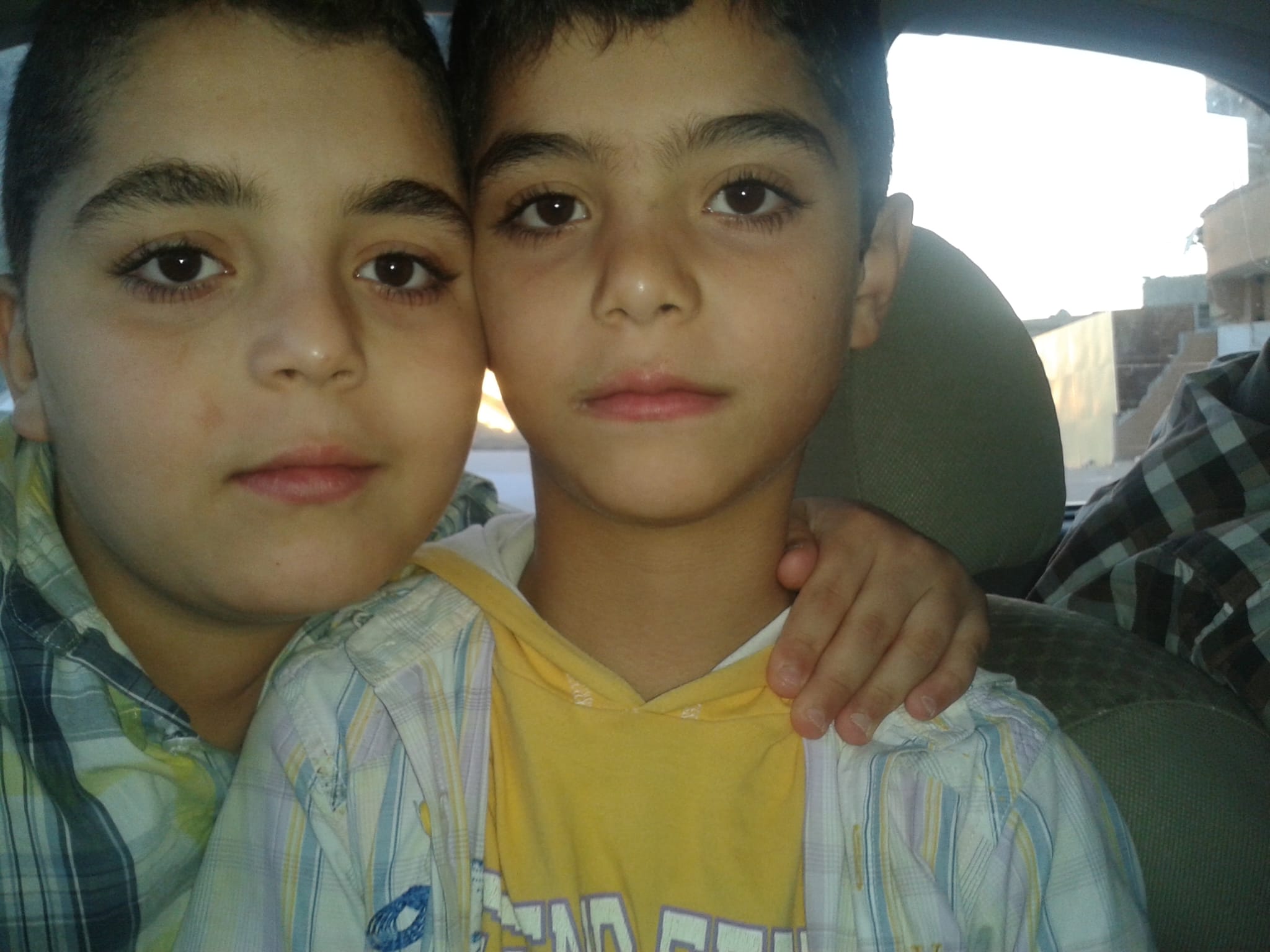
Mohammed Hazima
Shared by Refaat
Hazima (father)
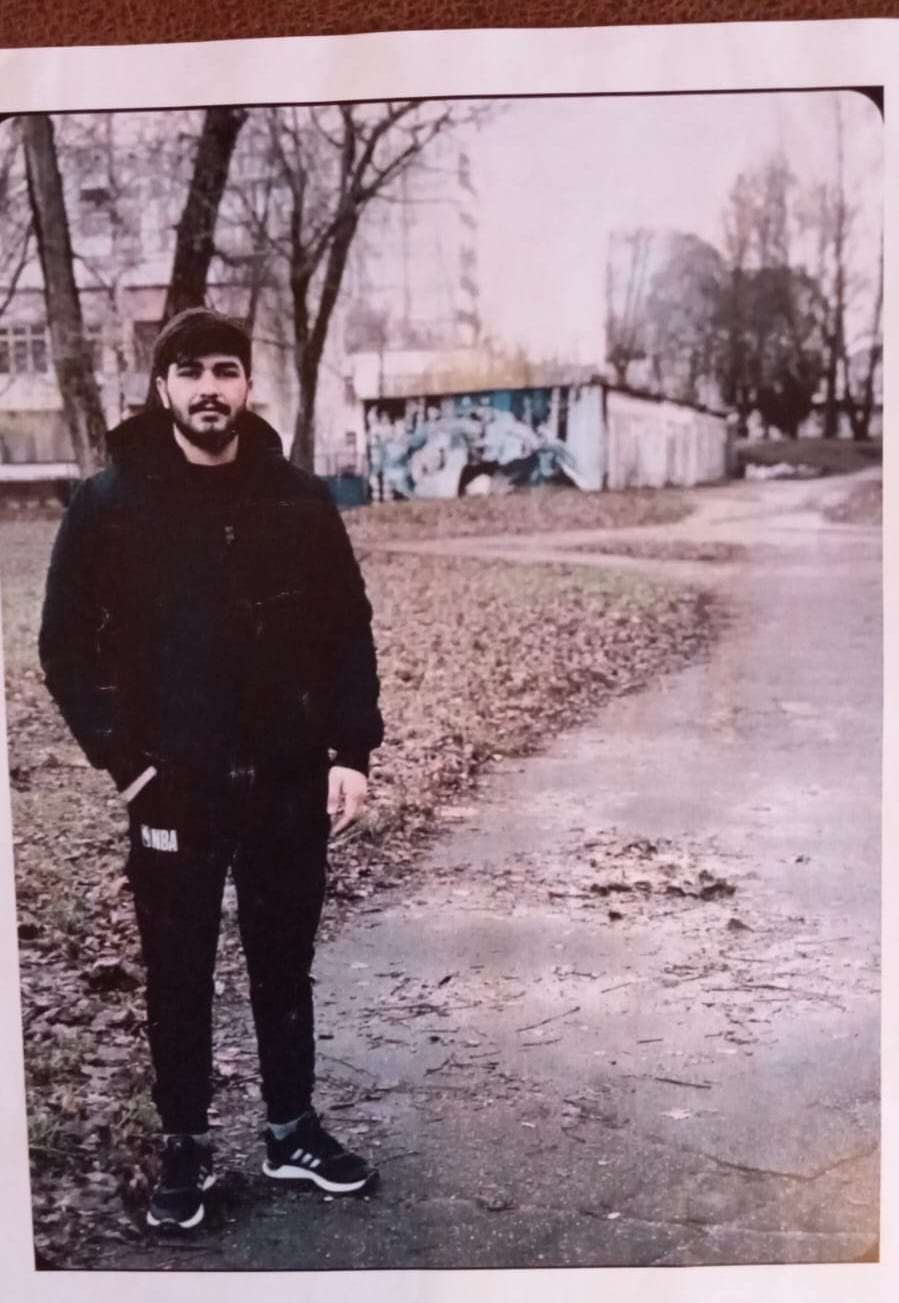
Shared by Rekaut
Rachid (uncle)

Our team spoke with over a dozen families of the missing and deceased, and visited over a thousand graves along Europe's borders. Here is what we found.
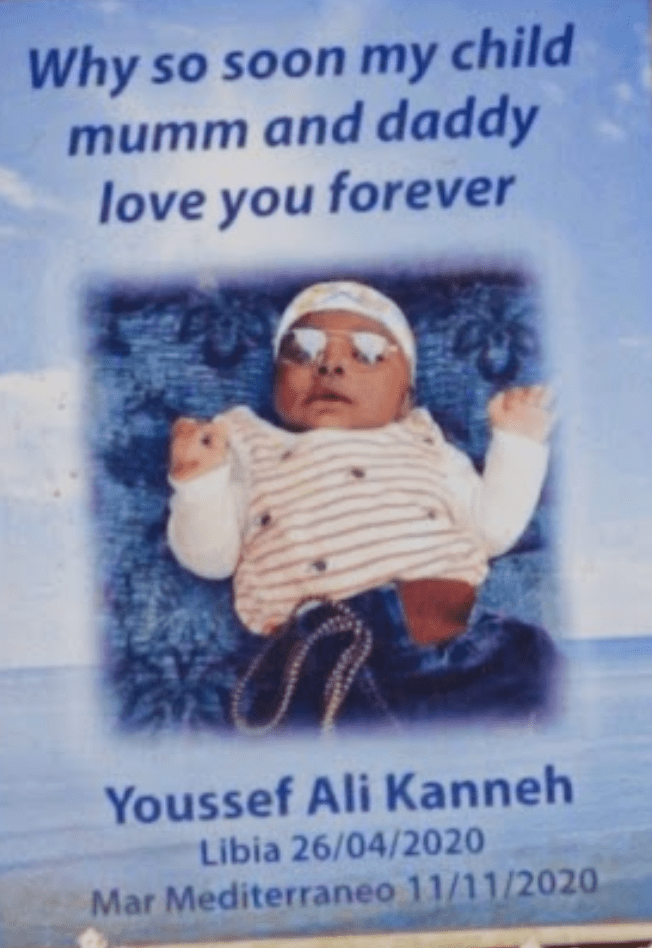
Pictured on grave in Lampedusa, Italy


Pictured on grave in Sciacca, Italy
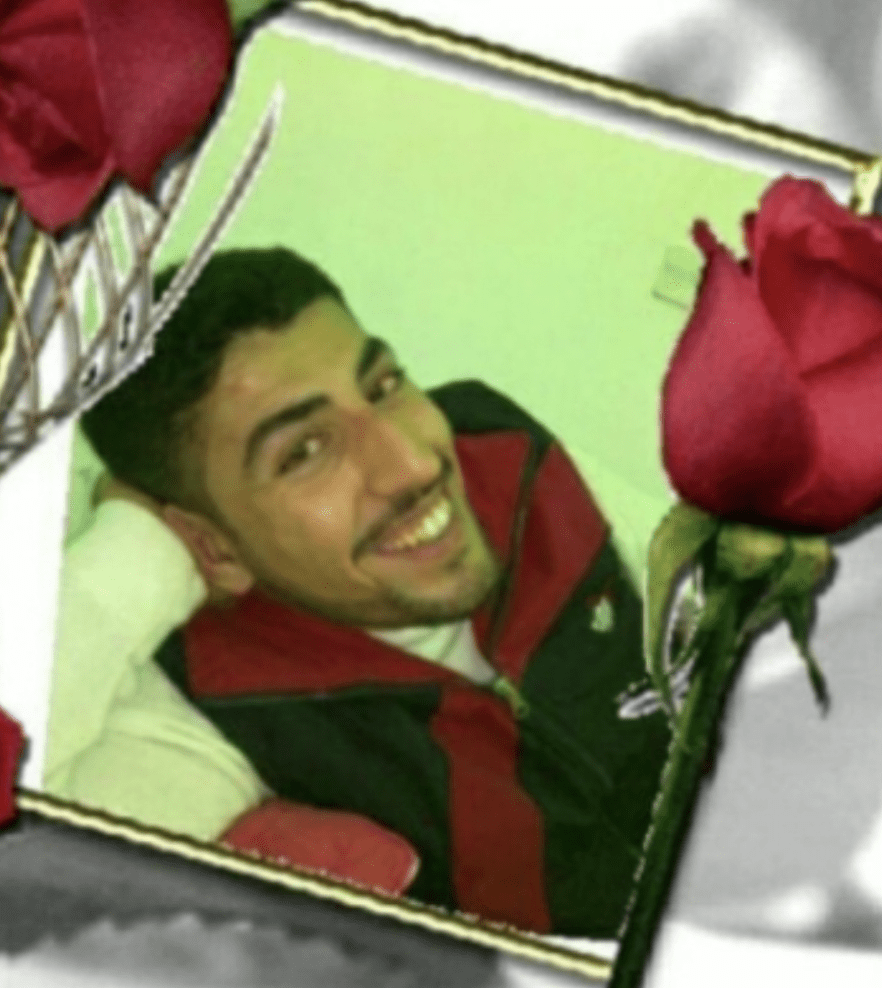
Shared by Sabah Al-Joury
Dunja Mijatović, Commisioner for Human Rights at the Council of Europe, affirms that families have a right to “truth” around the fate of their loved ones. Yet many are still searching, some for over a decade.
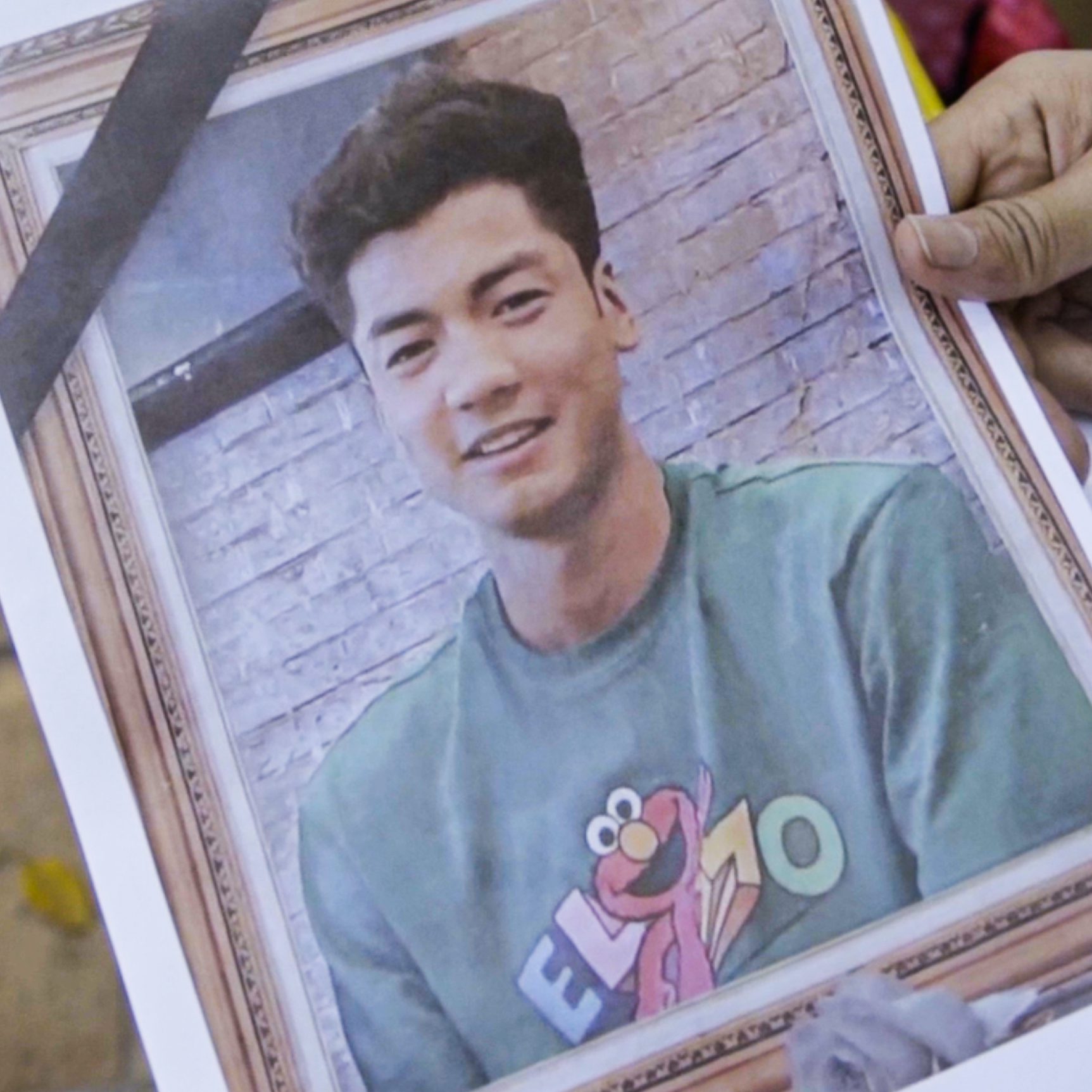
Shared by Zahra Barati (sister)
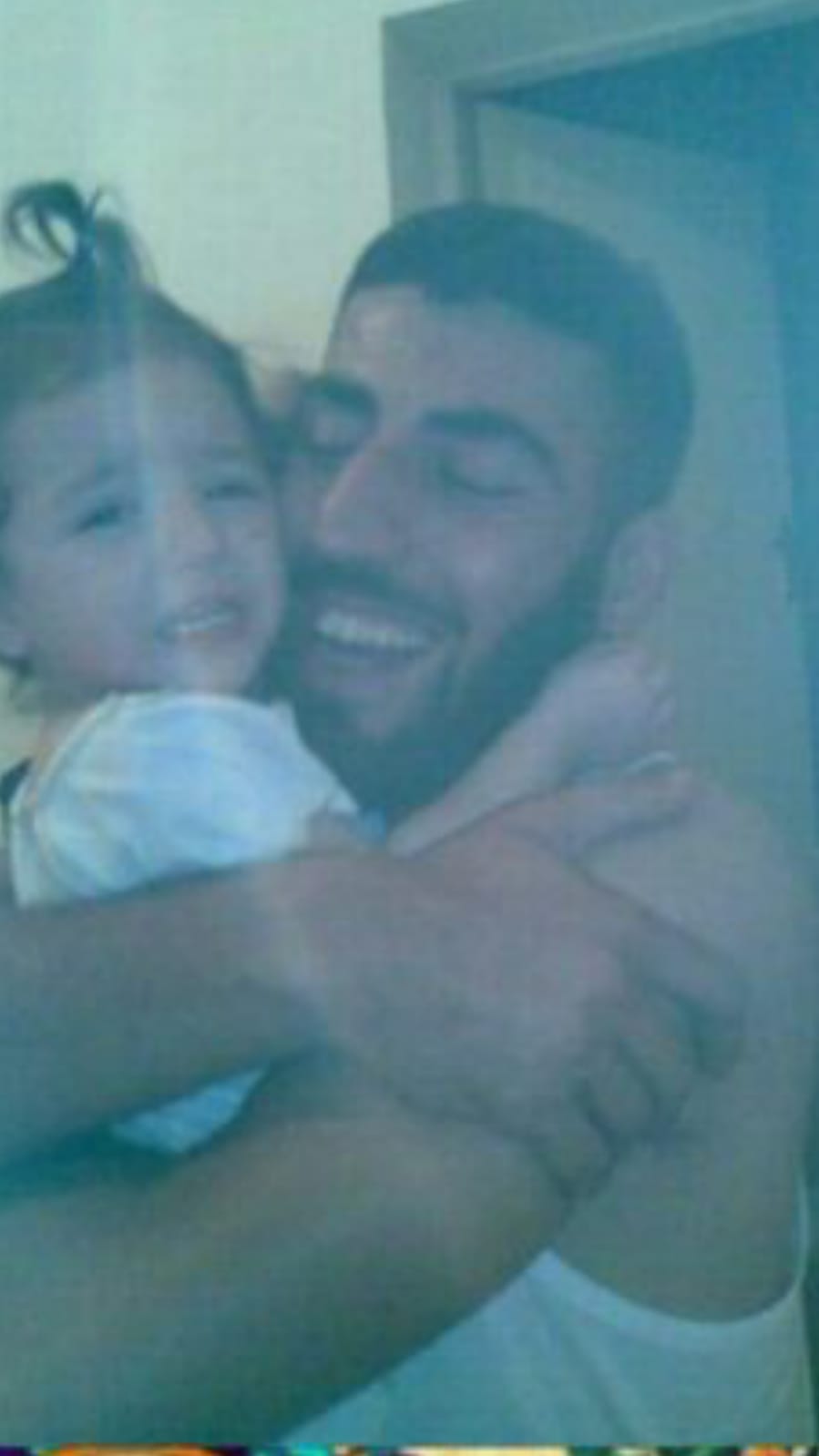
Shared by Sabah Al-Joury (mother)
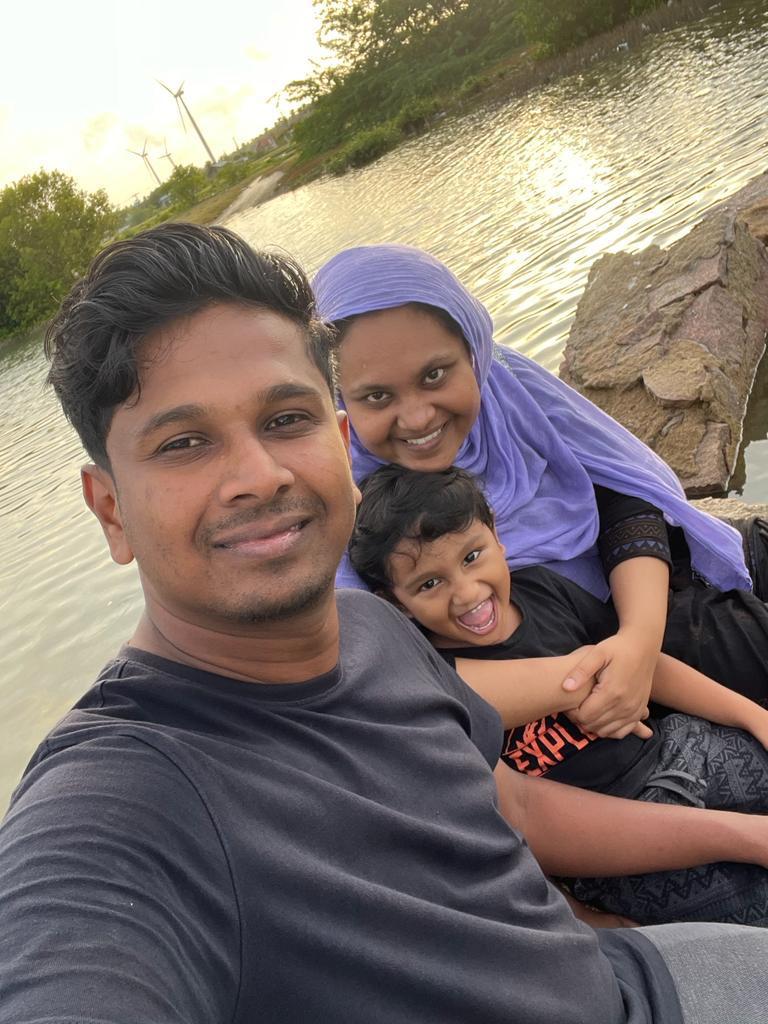
This is Sanooja and her husband Samrin. They got married on April 10, 2017 in their hometown of Kalpitya, Sri Lanka.

The night before Samrin left for Europe in 2022, Sanooja surprised him with a homemade cake. Blue icing and big letters: “Love you and will miss you. Have a safe journey, Thangham [sweetheart].”
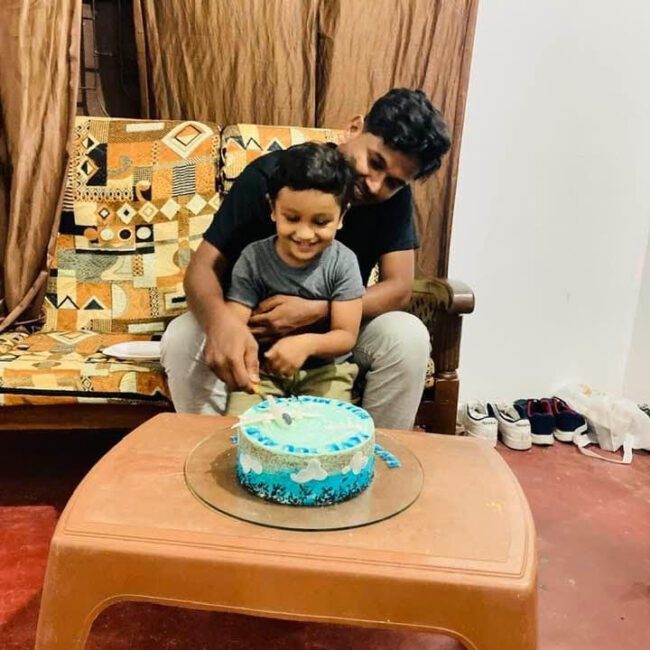
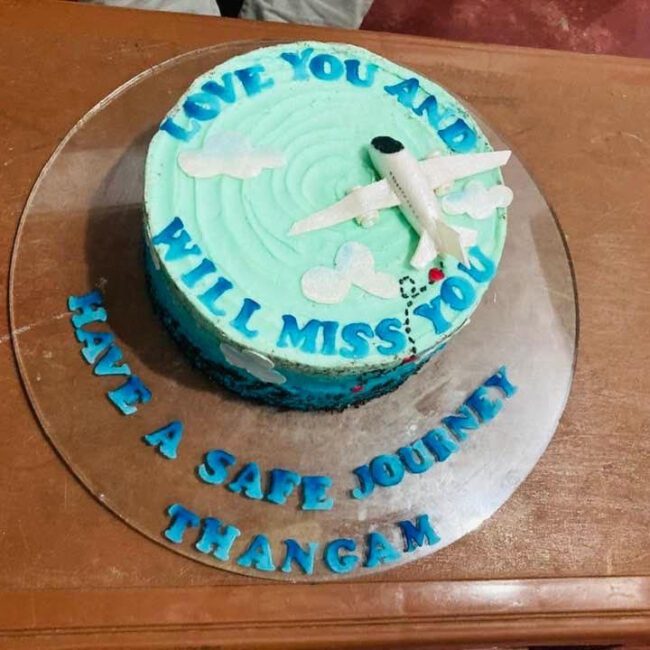
Two months later, Samrin was on the cusp of reaching Europe. He was in the dense forest on the Lithuania-Belarus border. These are the last messages Sanooja received from her husband.
 Samrin
SamrinWhat happens when someone you love goes missing on a European border?
The European Parliament passed a resolution in 2021 to "establish a coordinated European approach in order to ensure prompt and effective identification processes" as well as "provide information to their family and relatives."
However, years on, there is still no European law that requires governments to identify the dead and notify their families. Over half the graves we found in our investigation were buried without a name.
We present the stories of Europe’s border graves in three collections of 360 degree videos, taking us to border cemeteries in Spain, Italy, Greece, Turkey, Croatia, Bosnia, Serbia, and Poland.
Album one, “Goodbye, my child” brings us to six graves of children. Album two, “Searching and remembering,” captures the voices of those who tend the graves and preserve their memory. Album three, “Nameless graves,” brings us to ten anonymous graves.
Select an album below to continue the story.
